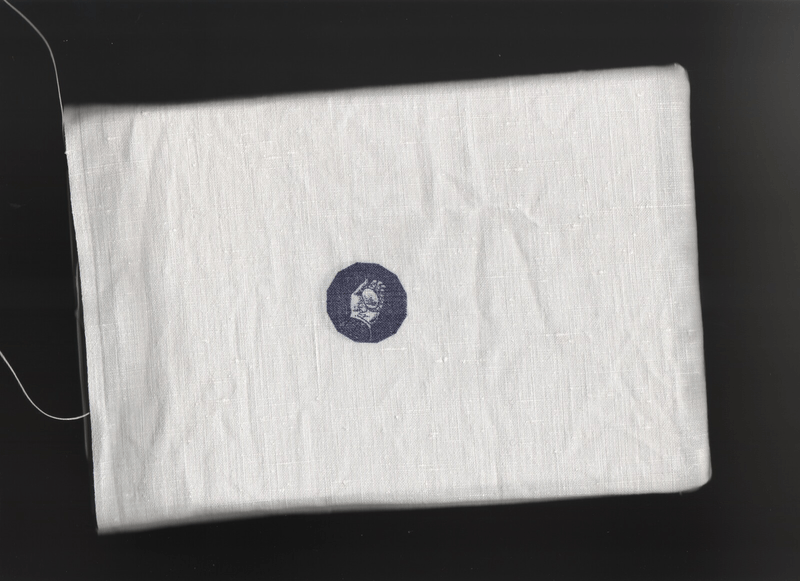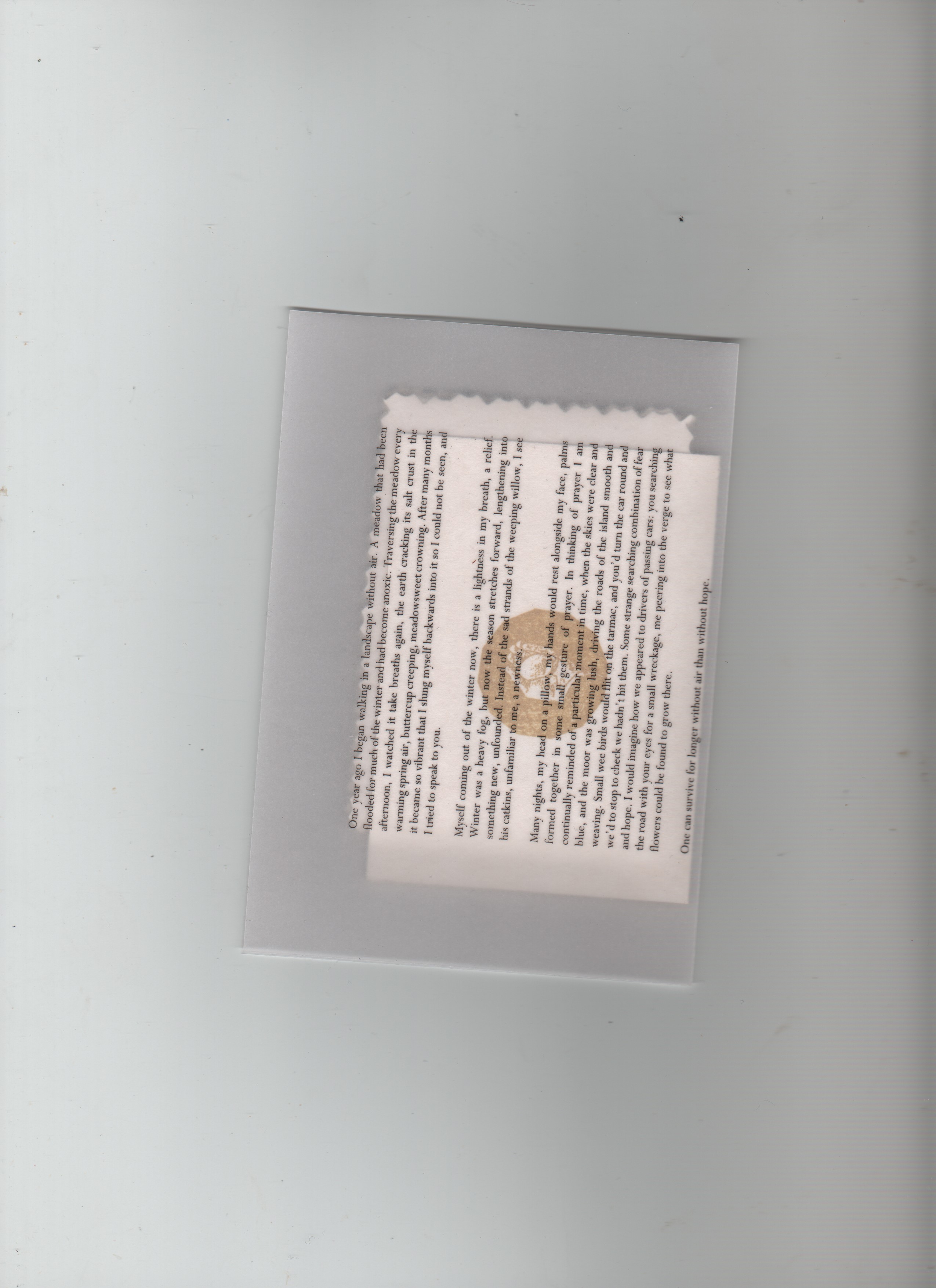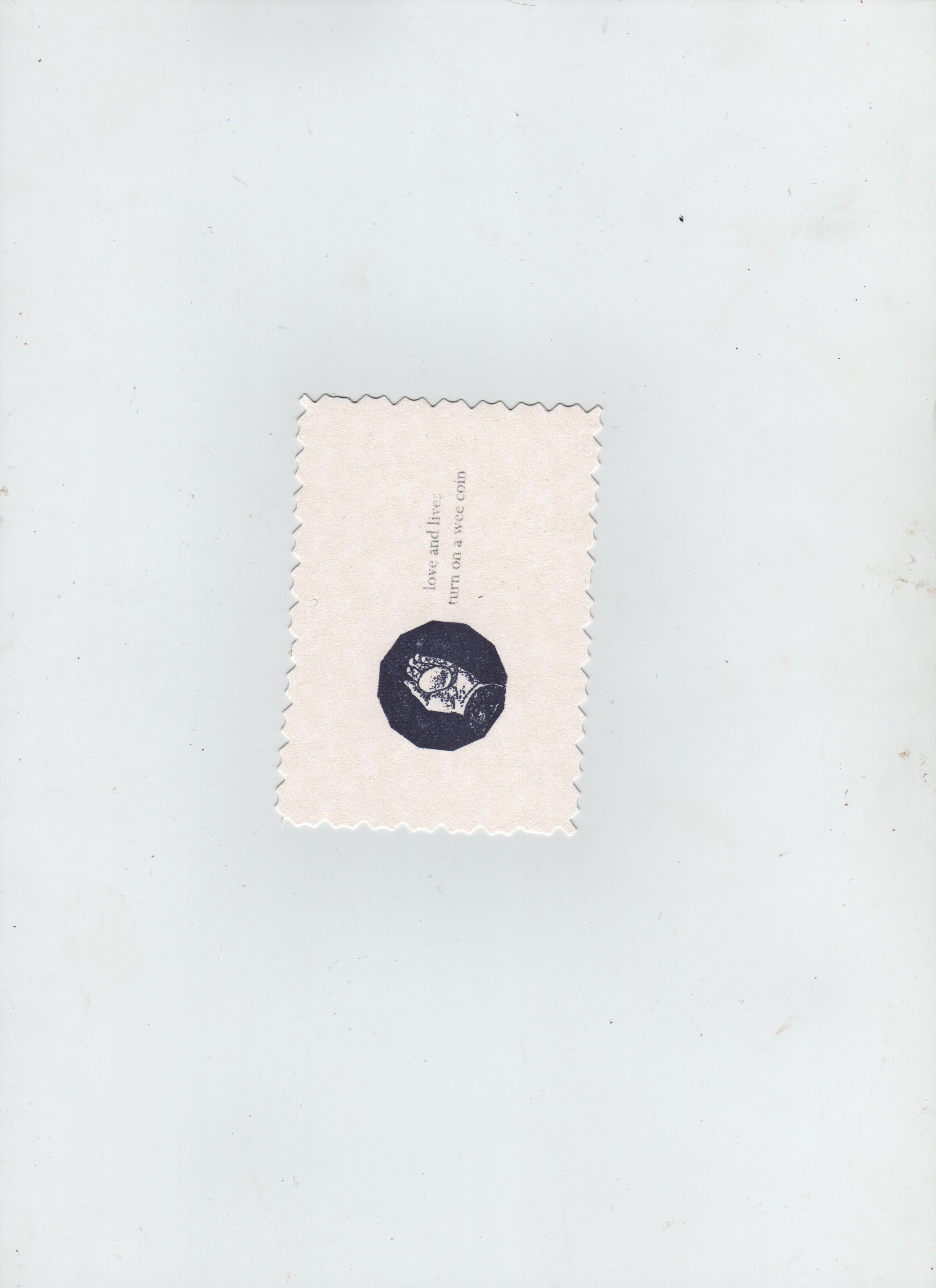March 2021, Nature and Place
Story Bank from Mothers Who Make Coventry
“How Healthy is my Soil?” How to perform a DIY Slake Test with Chris Maughan
March - April 2021, Moss and Lichen
Miniature Worlds, a moss and lichen zine by Nellie Cole
March - April 2021, Air and the Edible
prayers for the ungodly, film series and prayercards by Alex Hackett
April 2021, Gardening
Resilient Edible Gardens with Mark Spencer
Nature Story Bank
Mothers Who Make Coventry
March 2021
March 2021
This is a story-bank of original nature themed audio tales for children.
Artists, makers, writers, who are also mothers, Geeta Sarcar, Lindsay Jane Hunter, Chloe Morgan, Izzie Grove, Sinéad Patching and Adele Mary Reed who are all regulars to the Coventry Mothers Who Make peer support network all contributed to the project. The stories are featured here for anyone to listen and share with their families.
More about Mothers Who Make Coventry can be found on here.
Artists, makers, writers, who are also mothers, Geeta Sarcar, Lindsay Jane Hunter, Chloe Morgan, Izzie Grove, Sinéad Patching and Adele Mary Reed who are all regulars to the Coventry Mothers Who Make peer support network all contributed to the project. The stories are featured here for anyone to listen and share with their families.
More about Mothers Who Make Coventry can be found on here.
“How Healthy is my Soil?”
or how to perform a DIY Slake TestChris Maughan
March 2021
March 2021
This recording created as part of underGROWTH by Dr. Chris Maughan, from the Centre for Agroecology Water and Resilience, will guide you through an easy and accessible field-based soil test. The test is designed to be repeated regularly in order to track the improvement (or degradation!) of your soils. The test is called a ‘slake test’ and it is designed to assess the stability of soil aggregates in water. Stable aggregates are essential for the soil's capacity to resist erosion, hold water, provide habitat for microorganisms, and prevent nutrient leaching. Samples can be scored and compared to estimate the health of (and organic matter in) your soils. Results can be inputed onto this spreadsheet as a way of building a soil quality archive of Coventry and beyond.
STEP 1 - Choose your sample locations. This can be from two or more locations in your garden, but for best results choose locations with contrasting soil management histories - e.g. woodland soil and soil which has been repeatedly cultivated (dug over or plowed) for many years.
STEP 2 - Take your soil samples. Be sure to take your samples on a day when the soil is not waterlogged or has recently been dug over. Use a trowel to dig down to a depth of around 20cm and remove about a fist sized amount of soil. Put your samples in a bag, making sure to note where each sample came from.
STEP 3 - Dry your soil samples. When you get home put each of your samples on a small tray and leave for at least 24 hours in a well ventilated area.
STEP 4 - Gather equipment to perform the test. You’ll need a jug, cold water, a bowl, a sieve, and stopwatch.
STEP 5 - Record your results.
This test is most revealing if done routinely to monitor the effectiveness of any soil remediation strategies you are using, so be sure to remember where you do this for ease of access next time.
More of Chris Maughan’s work may be accessed here.
Miniature Worlds
Nellie Cole
March - April 2021
![]() illustration of common feather moss, courtesy of the artist
illustration of common feather moss, courtesy of the artist
More of Nellie Cole’s work can be viewed on https://nelliecole.com/
Alex Hackett
March - April 2021
May 2021
March - April 2021
 illustration of common feather moss, courtesy of the artist
illustration of common feather moss, courtesy of the artistMore of Nellie Cole’s work can be viewed on https://nelliecole.com/
“Sometimes, it’s all about taking a new perspective. Mosses and lichens exist in the boundary layer, in the sheltered micro-climate just above the surface of a substrate. Getting down on their level, and looking through their leaves and stalks as if it were a full-size forest, can create a unique snapshot. Sometimes, these organisms grow where you wouldn’t otherwise think to look: on the underside of logs, on the water-level of a riverbank, or on a rocky overhang above your head. Looking closer doesn’t always mean looking straight forward.” an extract from Nellie Cole’s blog posts about her underGROWTH residency. The full posts can be found on her website.
Nellie’s zine on lichens and moss, “Minature Worlds” is available to download here.
Nellie will also be producing a map of lichen and moss sightings for Coventry, which will be available in the coming weeks.
Nellie’s zine on lichens and moss, “Minature Worlds” is available to download here.
Nellie will also be producing a map of lichen and moss sightings for Coventry, which will be available in the coming weeks.
prayers for the ungodly
Alex Hackett
March - April 2021
[book]
![]()
A small edition of handbound books collecting text and photography, published under Pearl Moss Press.
Text and essay examine the ritual and small acts of prayer in food preparation and recipe, emphasising the value of hope in times of uncertainty. Three sculpted tools for the incorporation of air are documented with their respective descriptions. A pillow formed of thistle-down is laid down between the pages, enveloped in a case of cotton.

A small edition of handbound books collecting text and photography, published under Pearl Moss Press.
Text and essay examine the ritual and small acts of prayer in food preparation and recipe, emphasising the value of hope in times of uncertainty. Three sculpted tools for the incorporation of air are documented with their respective descriptions. A pillow formed of thistle-down is laid down between the pages, enveloped in a case of cotton.
images courtesy of the artist
[prayer cards]
![]()
![]()
One can survive for longer without air than without hope.
An edition of prayer card sets carrying messages to provide a reminder of hope in times of uncertainty. The cards adapt sentiments from traditional recipe, food preparation and conversation and reinterpret them as small prayers. A small dispersible publication to be carried easily in the pocket for as long as needed.
[films]
A series of three silent films displaying tools for the incorporation of air.
Three sculpted tools, made of scavenged materials from both the foreshore and the scrapheap, are unashamedly handled whilst being described to the viewer. The tools’ main purpose is to incorporate air into food: that which we collectively breathe yet now holds mistrust and suspicion when taken into the body. In traditional preparation practices, incorporating air into food provided heightened sustenance and rituals around food created a camaraderie with the unknown. In times of skin hunger, the rituals of food preparation behave as small acts of prayer, enacting careful touch and tenderness.
In 2021, underGROWTH commissioned Denise Startin to interview Alex Hackett about her practice and on using food as a medium. It can be downloaded here.
Alex Hackett’s work can be found on www.alexhackett.net/


One can survive for longer without air than without hope.
An edition of prayer card sets carrying messages to provide a reminder of hope in times of uncertainty. The cards adapt sentiments from traditional recipe, food preparation and conversation and reinterpret them as small prayers. A small dispersible publication to be carried easily in the pocket for as long as needed.
[films]
A series of three silent films displaying tools for the incorporation of air.
Three sculpted tools, made of scavenged materials from both the foreshore and the scrapheap, are unashamedly handled whilst being described to the viewer. The tools’ main purpose is to incorporate air into food: that which we collectively breathe yet now holds mistrust and suspicion when taken into the body. In traditional preparation practices, incorporating air into food provided heightened sustenance and rituals around food created a camaraderie with the unknown. In times of skin hunger, the rituals of food preparation behave as small acts of prayer, enacting careful touch and tenderness.
In 2021, underGROWTH commissioned Denise Startin to interview Alex Hackett about her practice and on using food as a medium. It can be downloaded here.
Alex Hackett’s work can be found on www.alexhackett.net/
Resilient Edible Gardens
Mark SpencerMay 2021
This conversation between horticulturalists and botanists is about how to balance growing food in your garden or allotment, with maintaining resilient ecology and biodiversity.
Discussion points
2:48 - Greg introduces how this conversation came about.
3:58 - Is it possible to balance 'messy' and overgrown biodiverse gardens while growing our own produce?
8:52 - If we have been changing landscapes for so long, do we have to intervene now to keep the balance?
10:30 - What kind of things should we include in our green spaces?
13:37 - Aren't there a lot of alternatives to pesticides and herbicides for gardening?
15:17 - Are there any specific plants, what we'd normally call 'weeds' - that we should be looking out for in our gardens?
21:40 - Are there specialised nurseries that provide these kinds of plants?
25:57 - Some allotment associations enforce strict rules on plot holders for managing their spaces. What can you suggest to help people who are having these rules imposed on them?
28:52 - The conversation turns to new plotholders, and advice on how to manage your allotment if you've just joined a community.
37:05 - Why should we avoid using the term 'rewilding'?
41:13 - How damaging are TV gardening programmes in influencing people in how they manage their gardens?
47:18 - What's wrong with horticultural membrane?
51:55 - Talking of invasive species like buddleia, are there other species we've got to be really careful about?
59:30 - Do you have any final advice for people listening to summarise things they can do to make for a more resilient edible garden?
Participants
Dr Mark Spencer is an experienced and internationally respected botanist. His expertise covers many disciplines including forensic botany, the plants of North-west Europe, invasive species and the history of botanical science. He also works globally as a seasoned writer, public speaker and television presenter. As a forensic botanist, Mark has worked on various missing person enquiries, murders and other serious crimes.
Marc Hammond and Greg Muldoon are the Food Union Coordinators for the Pod, in Coventry. They are experienced horticulturalists and passionate gardeners. Between them they are responsible for managing the CV5 Food Union Allotment, in the Sherbourne Valley Allotments, and the Food Union network.
Find out more here, and sign up to join Food Union here: https://www.coventry.gov.uk/info/238/

